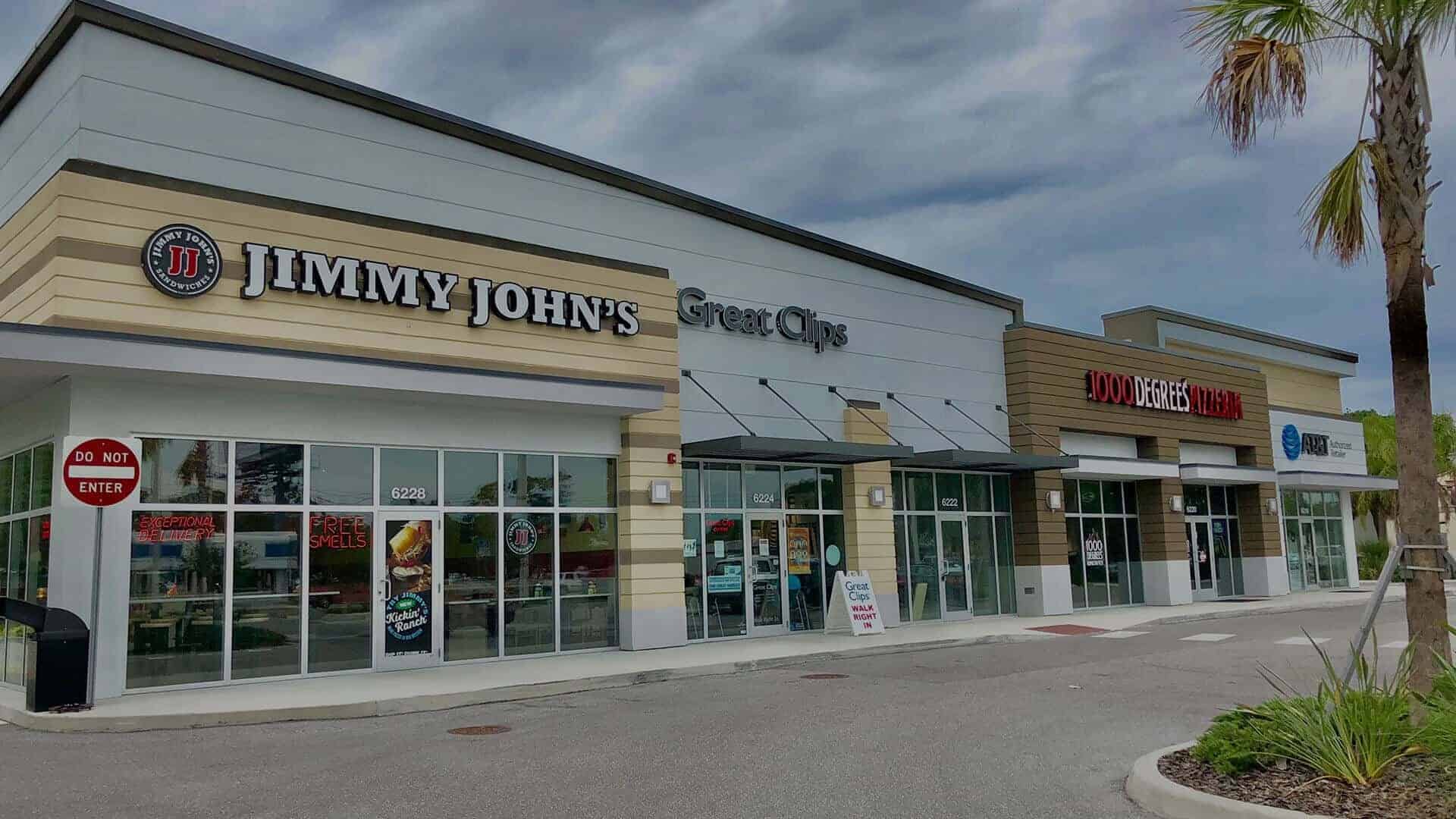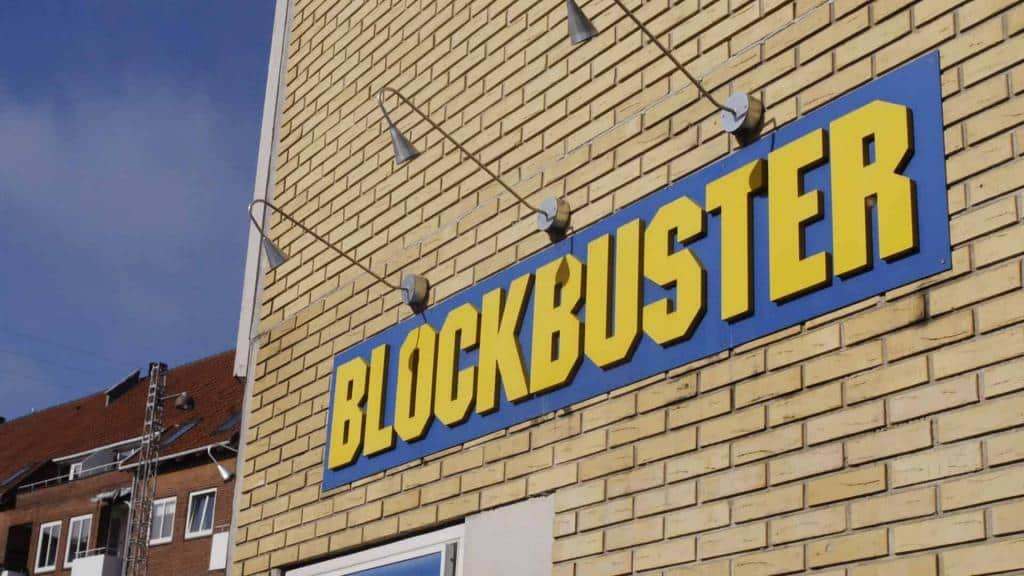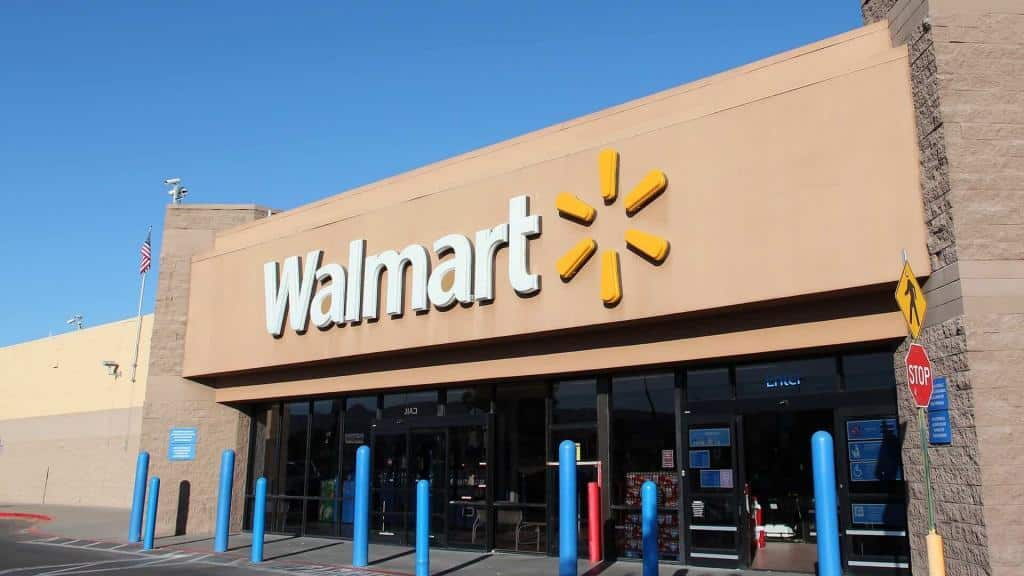More and more of Americans are continuing to eat at home, making the “dine-out” dollar more competitive amongst restaurants brand. 82% of Americans meals are prepared at home. Traffic for the industry was down 1.1% in July, the 29th straight month of declines, according to MillerPulse data. Restaurant Operators continue to report rising sales, however this increase has been caused by price hikes and not necessarily more customers. Pre-made meals, online grocery delivery, crushing student debt and healthy eating are all factors into this equation. Millennials with families are cutting back on their dining out restaurant budget in order to redirect those funds towards items like childcare and schooling. It is expensive to eat out, and consumers are able to save a ton of money shopping for groceries. The biggest driver of eating out has been convenience but with meal prep concepts coming to market that problem is being solved with a variety of products and services making it convenient for the consumer at home.
Today food concepts comprise of approx. 20 to 40 % of the shopping center tenant mix, up from 10 to 15% a decade ago. It is important for landlord’s to be selective on the restaurants they lease space to in their centers. People love to eat out; it is just a matter of how often they can afford to do so. The restaurant industry is by no means going away; however, there are a ton of players in this space competing for the same dollar budgeted for by the consumer. In order to succeed in this space, restaurants need to consider and incorporate price-point, health options, quality of product and convenience to capture future market share. Fast causal concepts will continue to be the way of the future for restaurants. They will strive mainly by price point, quality of food and health of menu options. Do not plan on sit-down restaurants to go anywhere anytime soon, however they will need to do an exceptional job at creating an exceptional experience for when a consumer does decide to spend discretionary income so that they can capitalize on the consumer’s budgeted “dine out” dollar.








About The Author: Jeff Dervech
More posts by Jeff Dervech